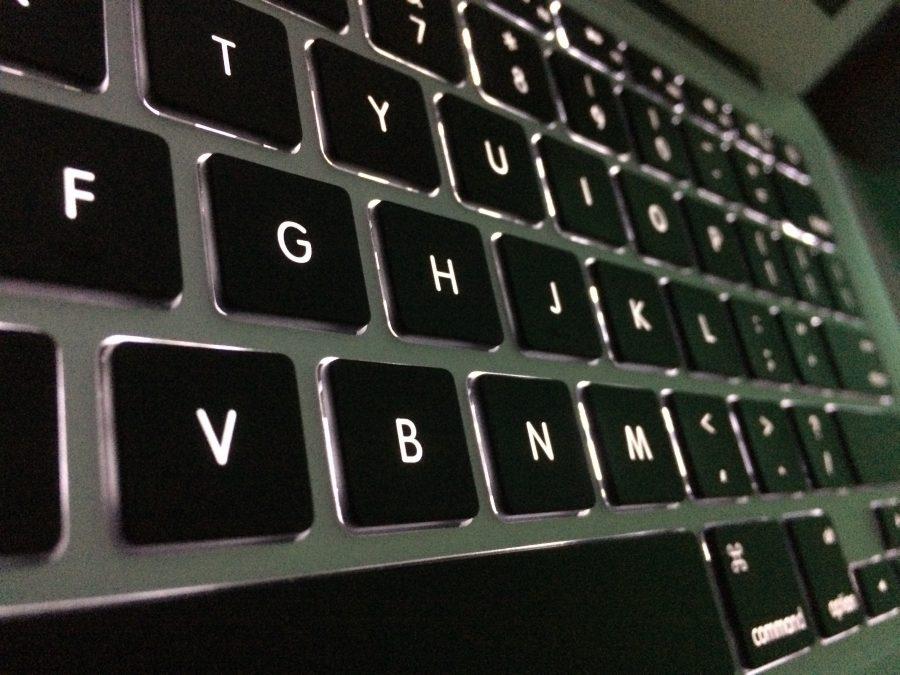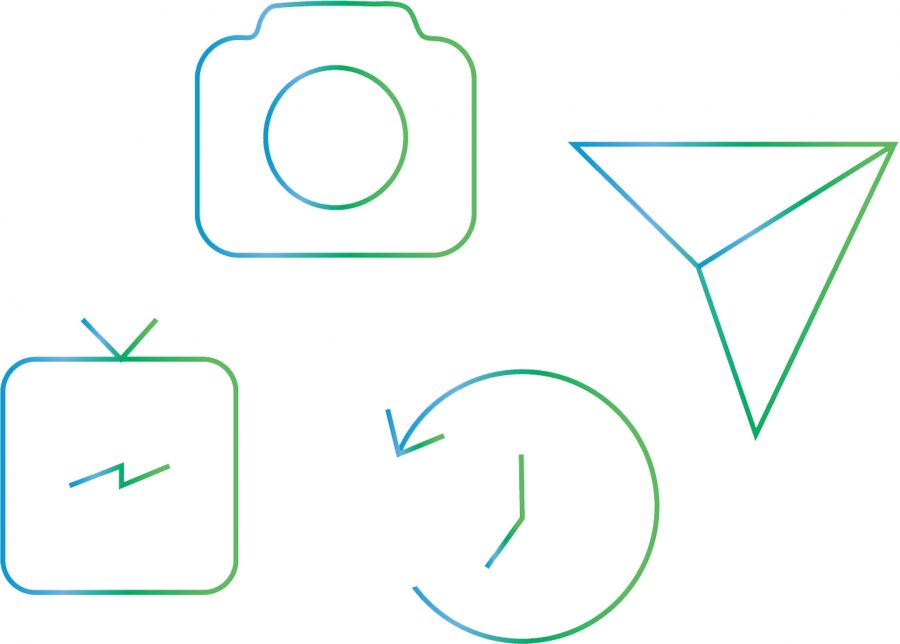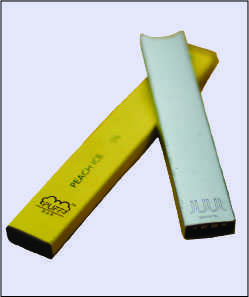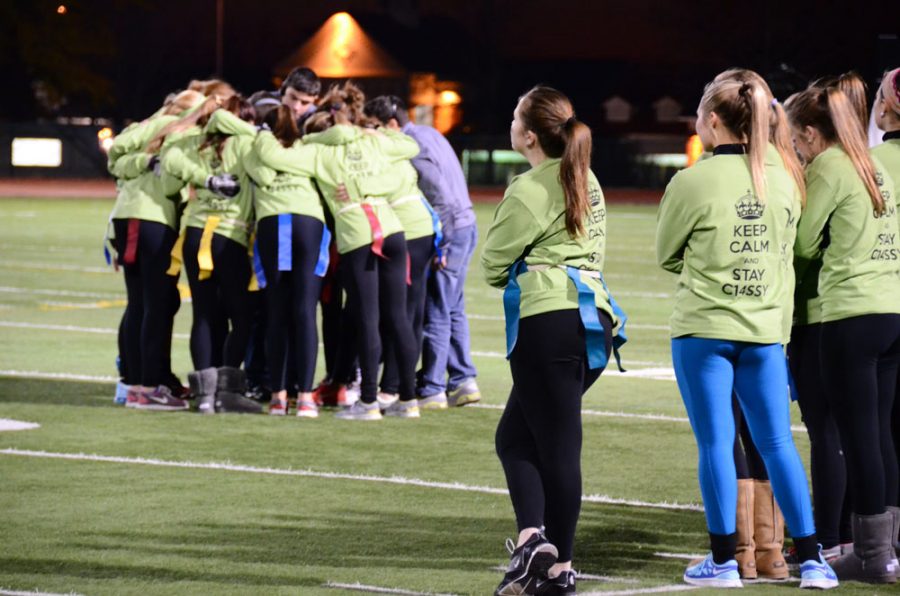Junior Sydni Heavin is in her Chemistry class, watching the clock tick. Sitting in the same chair for an hour and a half is annoying, and she can feel herself losing focus.
The teacher releases the students for a five minute break. Heavin comes back more alert and ready to learn than ever.
“I always find myself more involved and content in a class where we move around and take walking breaks,” Heavin said. “It’s unbearably boring to sit still in a chair for a 90-minute class period.”
Studies show that giving students even a five minute break can greatly increase how excited they are to learn and how well they retain information. In a 2009 study from the University of Illinois, Dr. C. H. Hillman found that after taking a 20-minute-long break, students’ brain activity lit up like a Christmas tree. Breaks create more blood flow and provide more oxygen to the brain, two things pertinent to learning.
And while adding in more break time is certainly something that will continue to benefit learners in the years to come, there’s still more that can be changed at RBHS.
“I feel as if everyone only has a certain amount of attention they can give to one task,” civics teacher Amanda Schirmer said. “I would rather give my students five to seven minutes to go to the bathroom, text someone [or] just stand up, because I feel like that gives the rest of our class time richer learning.”
Hands-on activities at RBHS seem to be making a difference on some students’ learning. Freshman Kai Ford made it clear that they were a huge benefit to his learning. In his Civics class, they had just finished simulating how a bill gets passed in Congress and all the steps it has to go through.
“It’s easier to remember when I’ve done something rather than when I’ve read something,” Ford said. “As we better our education, we definitely need to be moving to more simulated, hands-on activities.”
As schools like RBHS consider classroom simulations, they have to take into account how technology will be affecting today’s classrooms in 10-15 years, and how the cell phone policy might evolve.
“If I were to create a perfect [cell phone] policy, it would be that students should be trusted with their cell phones until they give you a reason not to,” Heavin said. “We’re constantly reminded that we’re young adults, so I believe we are mature enough that we know when we can glance down at our phones and send a quick text versus when we need to pay attention.”
In the future, the cell phone policy might become more lenient, and classwork traditionally completed on paper might move online. Just last year, education technology in the U.S. for pre-K through 12th-grade cost around $7.9 billion, according to a report by the Software and Information Industry Association.
This cost will only continue to rise, and the amount of technology in classrooms will increase vastly. Paper tests will be moved online. Paper homework will be forgotten and replaced with an online turn-in. But maybe this isn’t a leap in the right direction.
“I honestly prefer things on paper,” Ford said. “It’s been proven that writing things out helps comprehension. And there’s none of that online, it’s all ‘I’ve typed it in, I’m done now.’”
Pam Mueller and Daniel Oppenheimer, researchers at the University of California, did a study on college students. The study attempted to determine how well those who took notes on a mobile device retained information compared to those who took notes by hand. They found that both groups of students memorized about the same number of facts, but when it came to conceptual thinking, those who took notes on a mobile device did worse than those who took notes by hand.
When the time comes for changes to be made at RBHS, such as moving paper assignments online, device involvement within classrooms, and simulated activities, faculty should listen to the voice of the students and adapt in accordance to what they believe will be most beneficial for the school.
“Right now we’re pretty well off,” Ford said. “We just need to work with what we have. That’s what I believe Rock Bridge should do.”
Categories:
Looking toward the future
May 19, 2016
0
More to Discover























































































